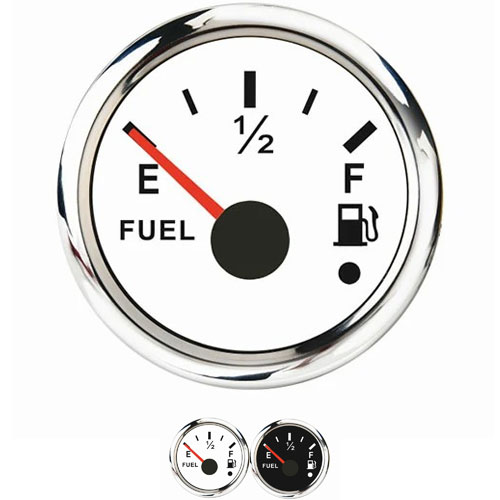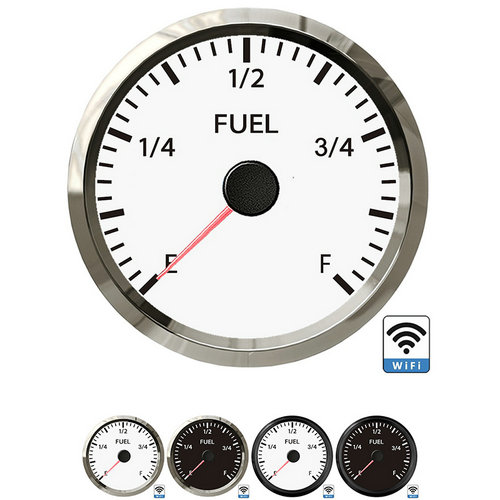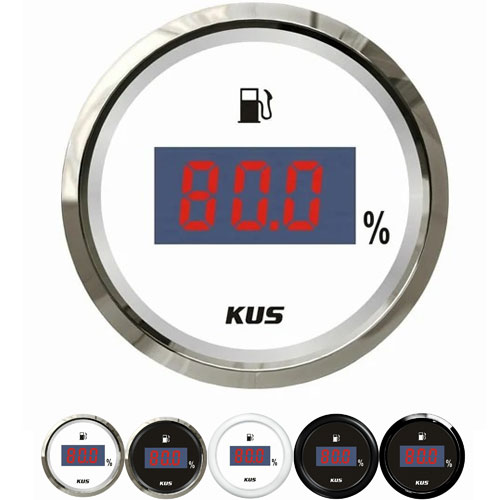fuel level gauge kit
The fuel level gauge mainly consists of two parts: a transmitter that measures the fuel level in the fuel tank, and a fuel gauge that displays the measurement to the driver.
The transmitter is located in the fuel tank of the car. It consists of a buoy, usually made of Styrofoam, attached to a thin metal rod. The end of the metal rod is mounted to a variable resistor. A resistor is a device used to block the passage of current. The higher the resistance, the less current will flow through it.
In the tank, the variable resistor consists of a piece of resistive material that is grounded at one end. A sliding arm attached to the fuel gauge slides along the sheet of resistive material, conducting current from the fuel gauge to the resistor. If the wiper arm is close to the ground end of the resistor sheet, less resistive material flows through the current, and therefore less resistance.
If the wiper is on the other end of the resistor sheet, more resistive material can flow through the current, so the resistance becomes higher. When the buoy is near the top of the tank, the sliding arm on the variable resistor is close to the ground (negative) terminal, which means that the resistance becomes larger and a relatively large amount of current is sent back to the fuel gauge through the transmitter. When the liquid level in the fuel tank drops, the buoy will sink, driving the sliding arm to move, and the resistance increases, so the current returning to the fuel gauge is relatively reduced.
The fuel gauge is a simple device. The current flowing from the transmitter passes through a resistor that may or may not be surrounding a bimetal. The bimetal is connected to the pointer of the fuel gauge via a connecting rod.
As the resistance increases, less current flows through the heating coil, so the bimetal cools down. As the sheet cools, the sheet straightens, allowing the fuel gauge to go from full to empty.
A bimetal is a piece of metal made by pressing two metals of the same kind. The metal that makes up the sheet metal expands or contracts as it is heated or cooled. Each metal has its own specific expansion rate. The two metals that make up the metal sheet have been specially selected, and their expansion rate and shrinkage rate are different. When the metal sheet is heated, since one metal expands less than the other, the metal sheet bends, and the outside is the metal with the larger expansion. This bending action is what makes the pointer turn.f
 English
English 






Get a Quote / Info